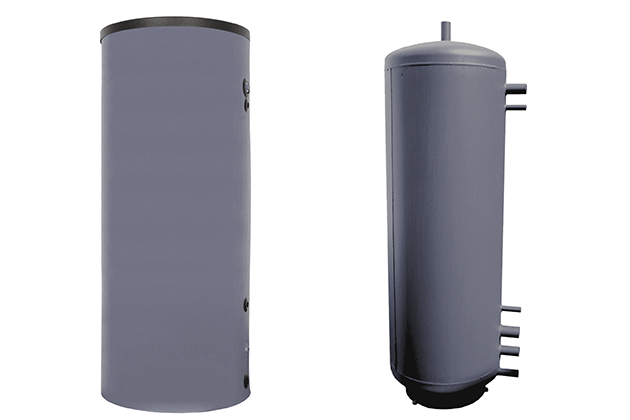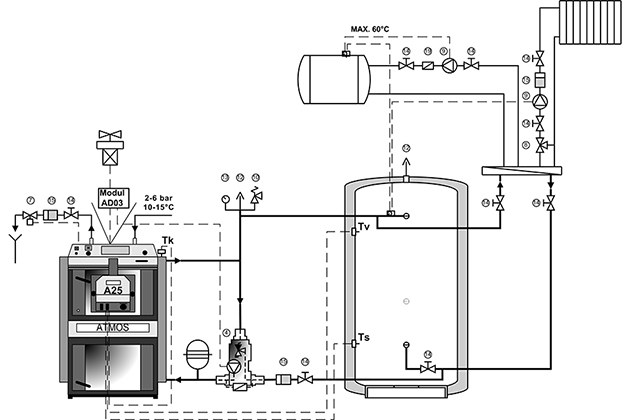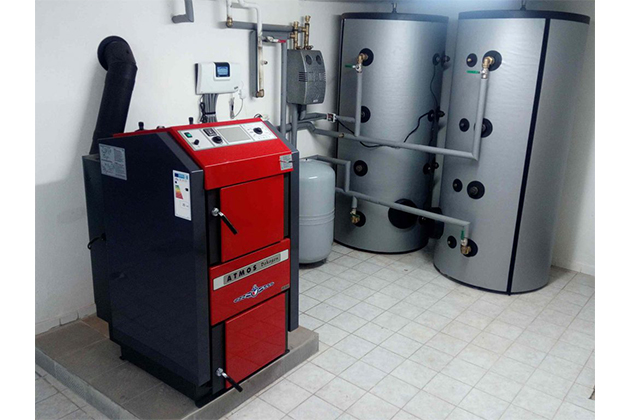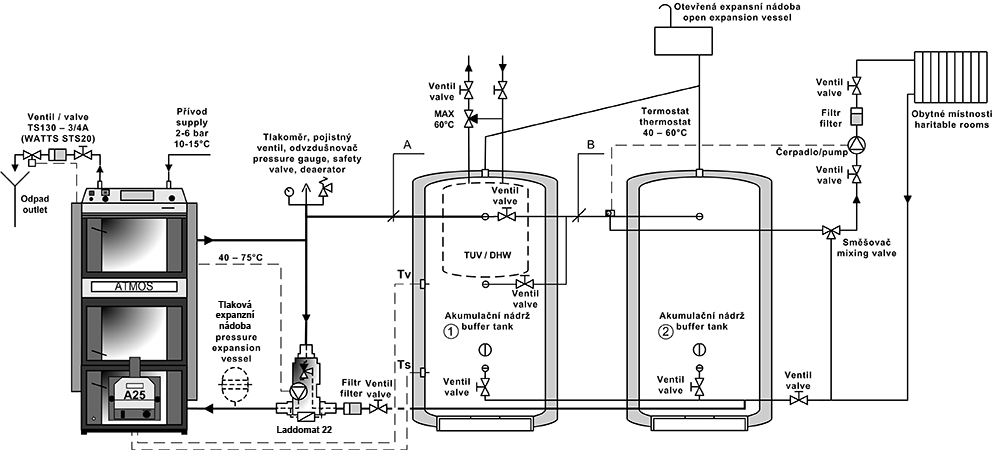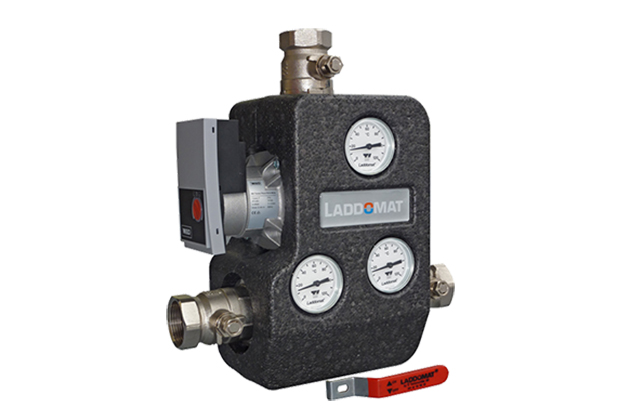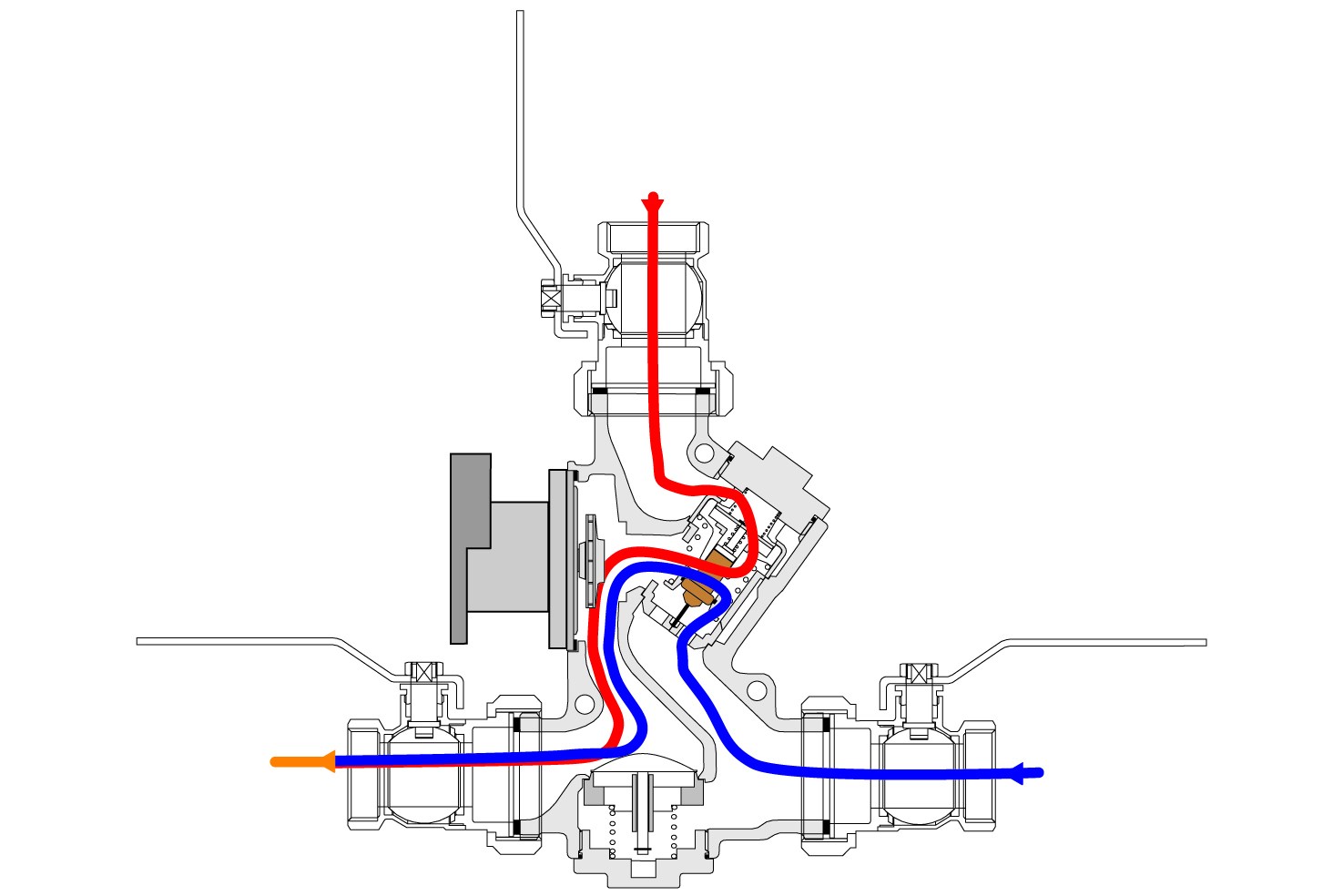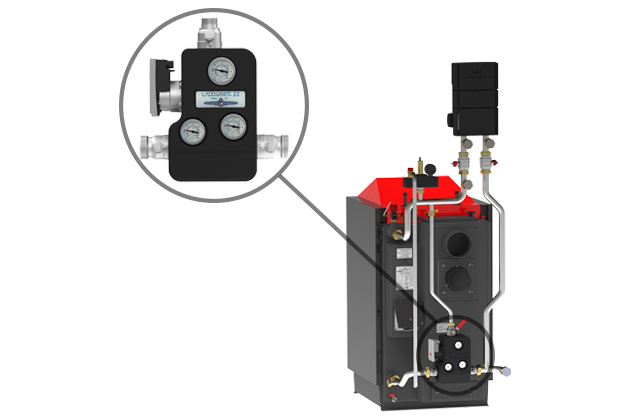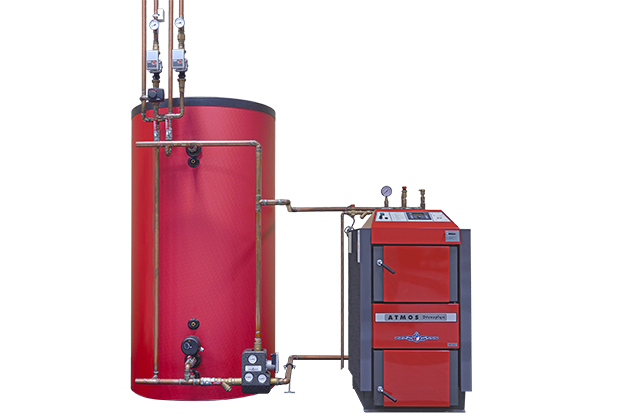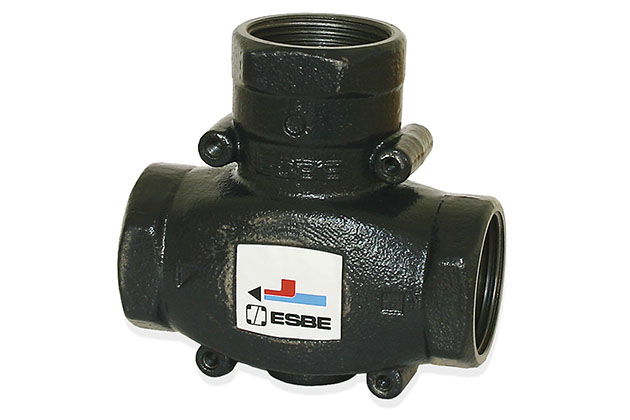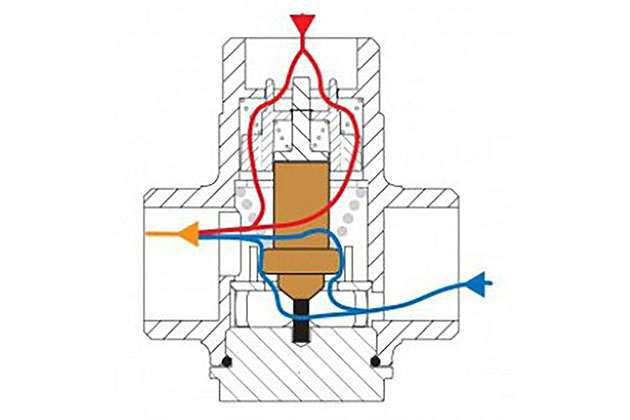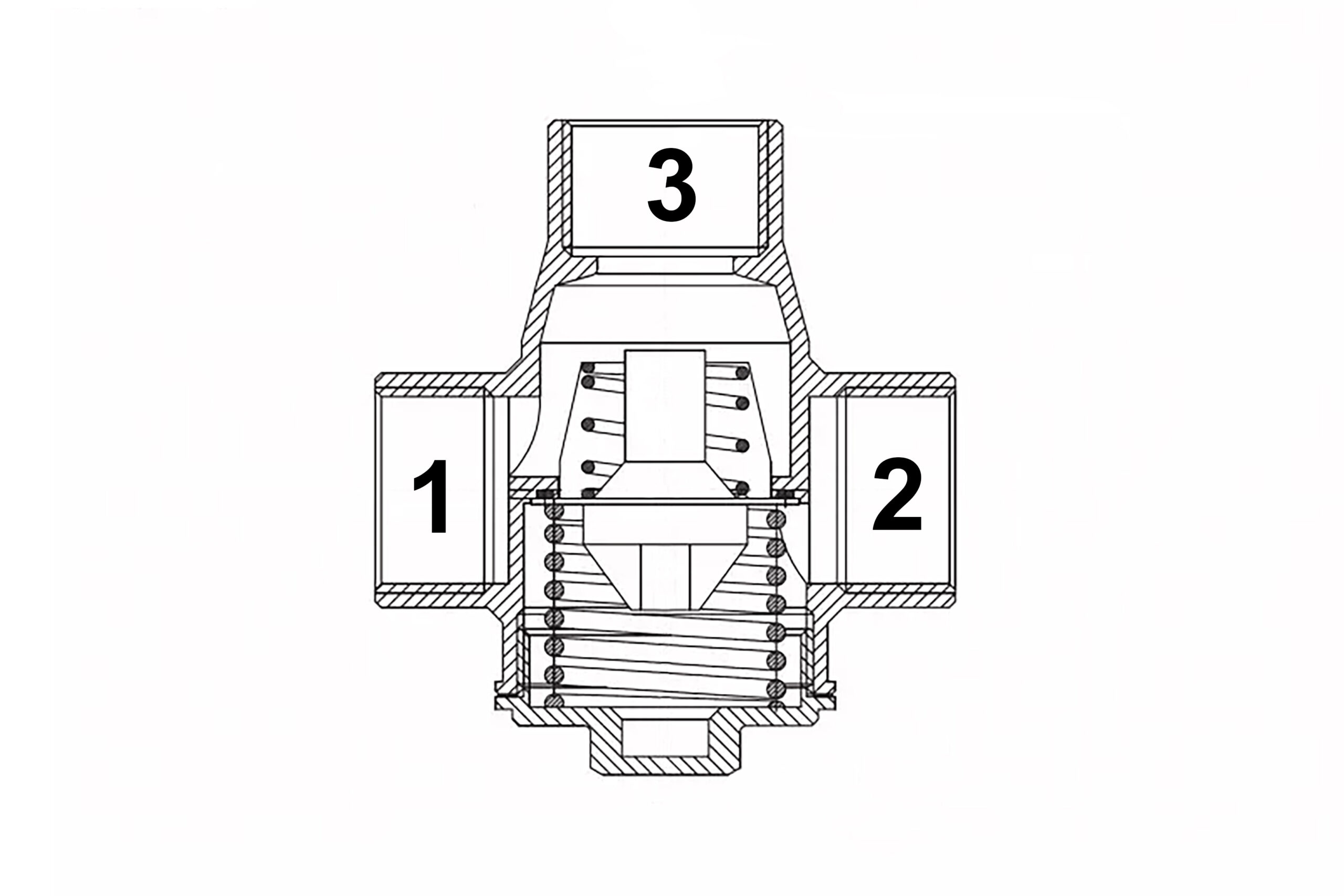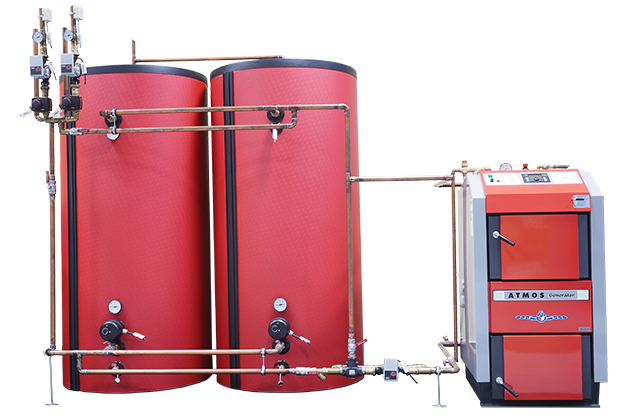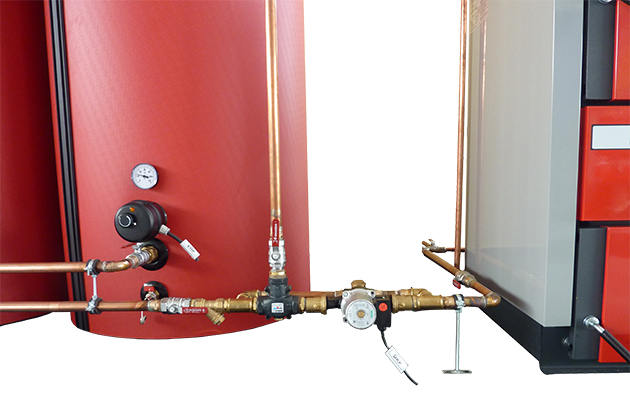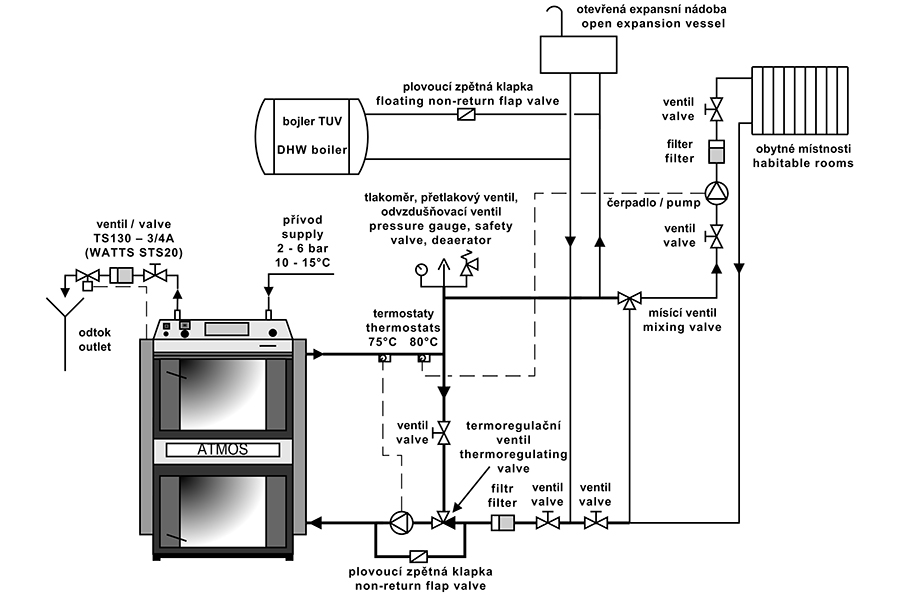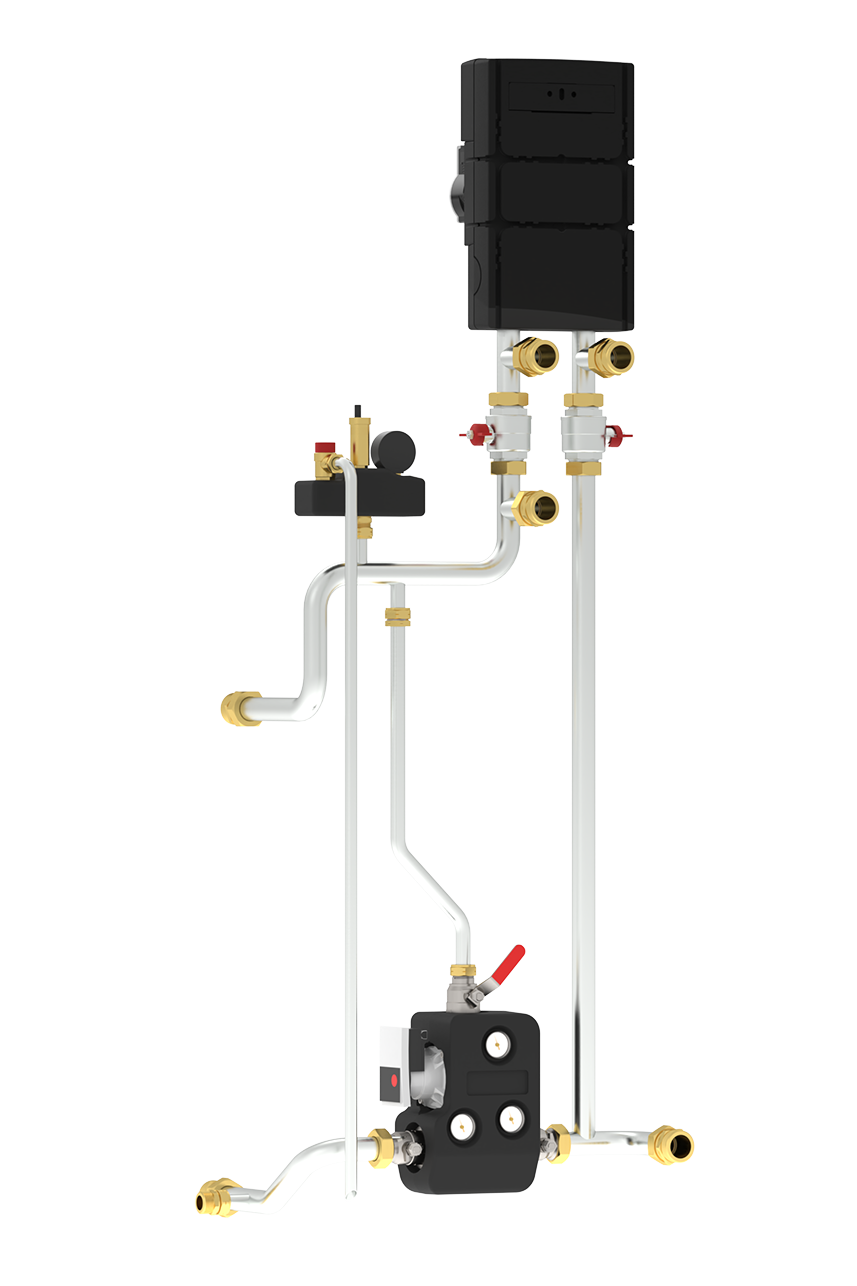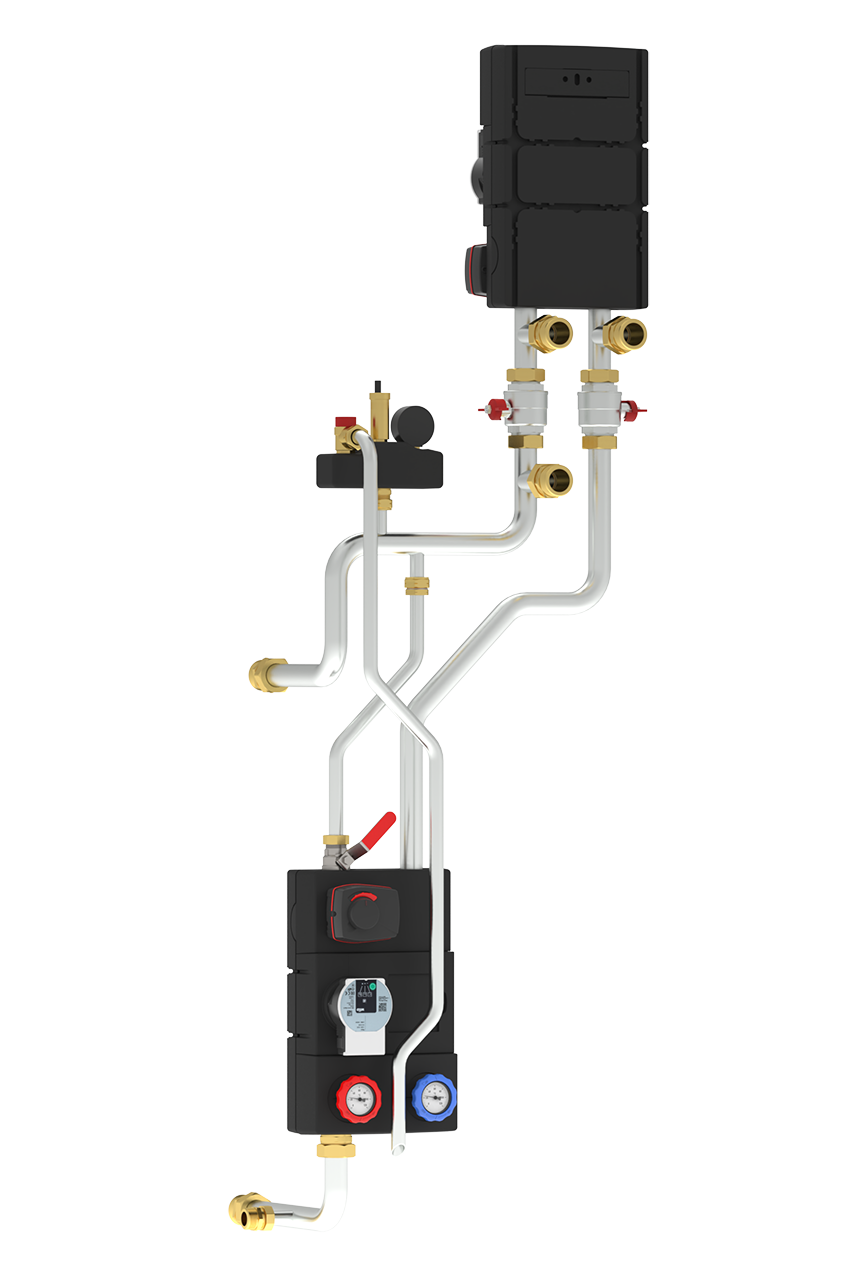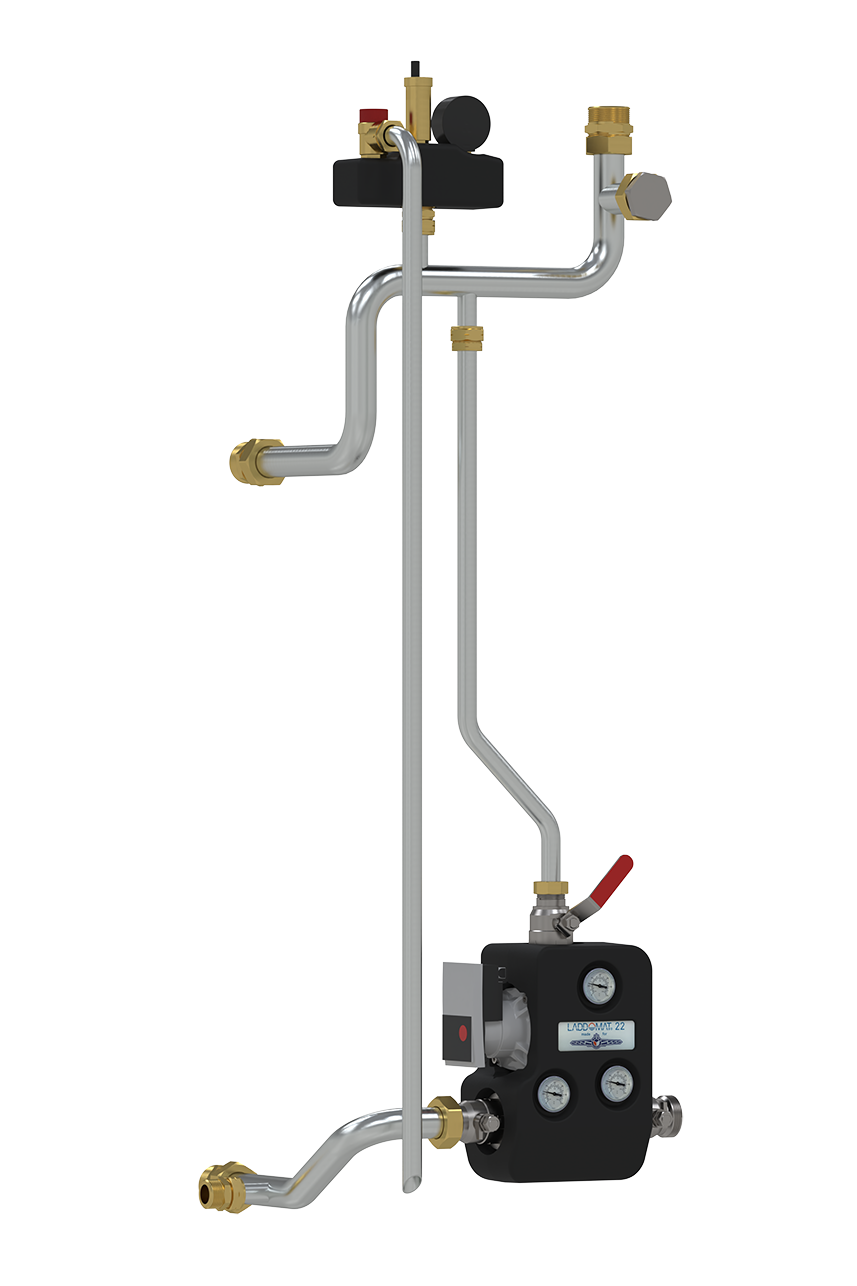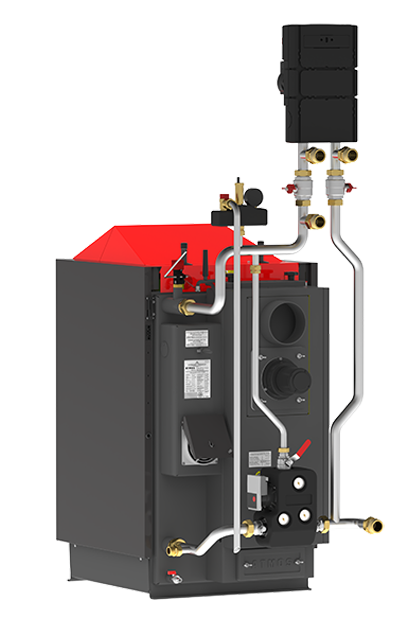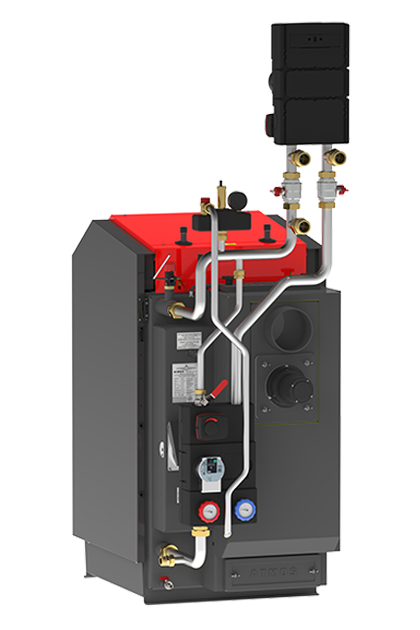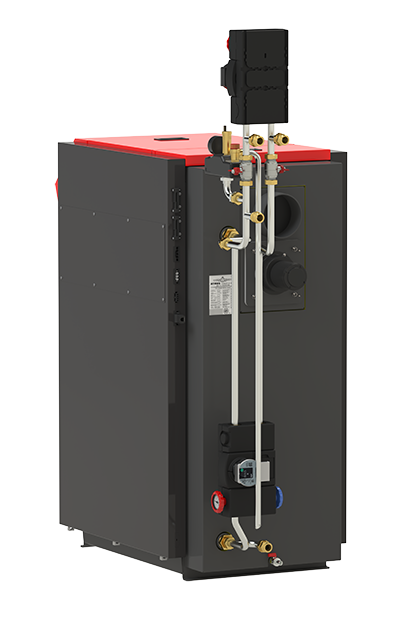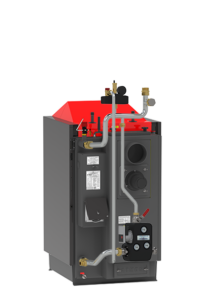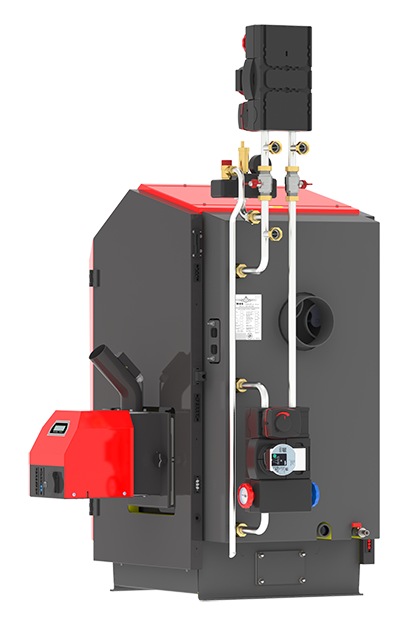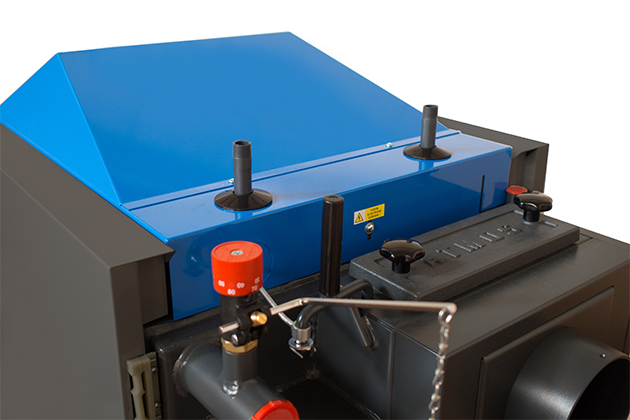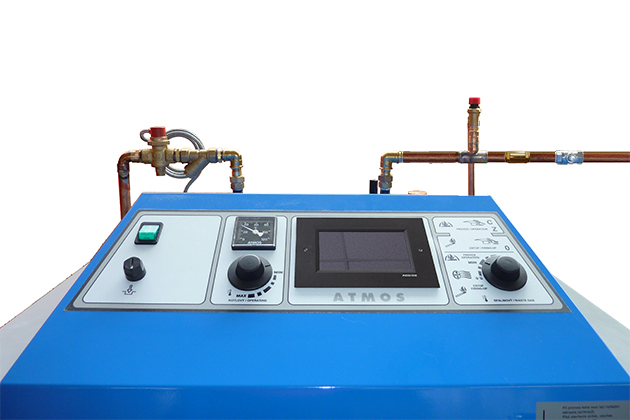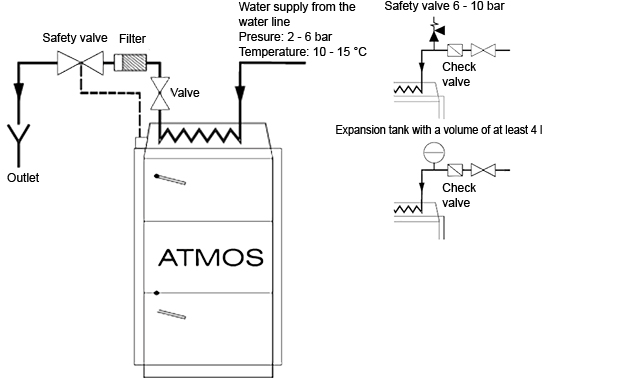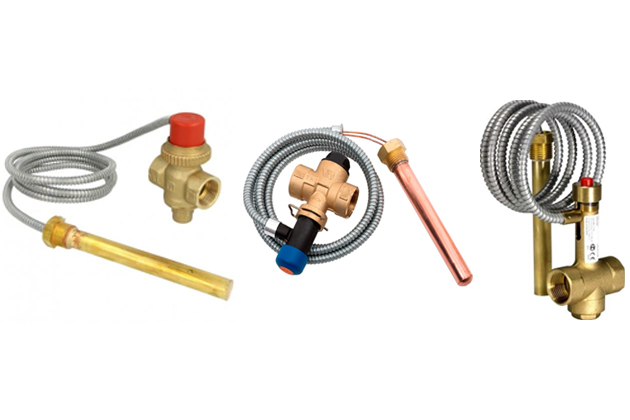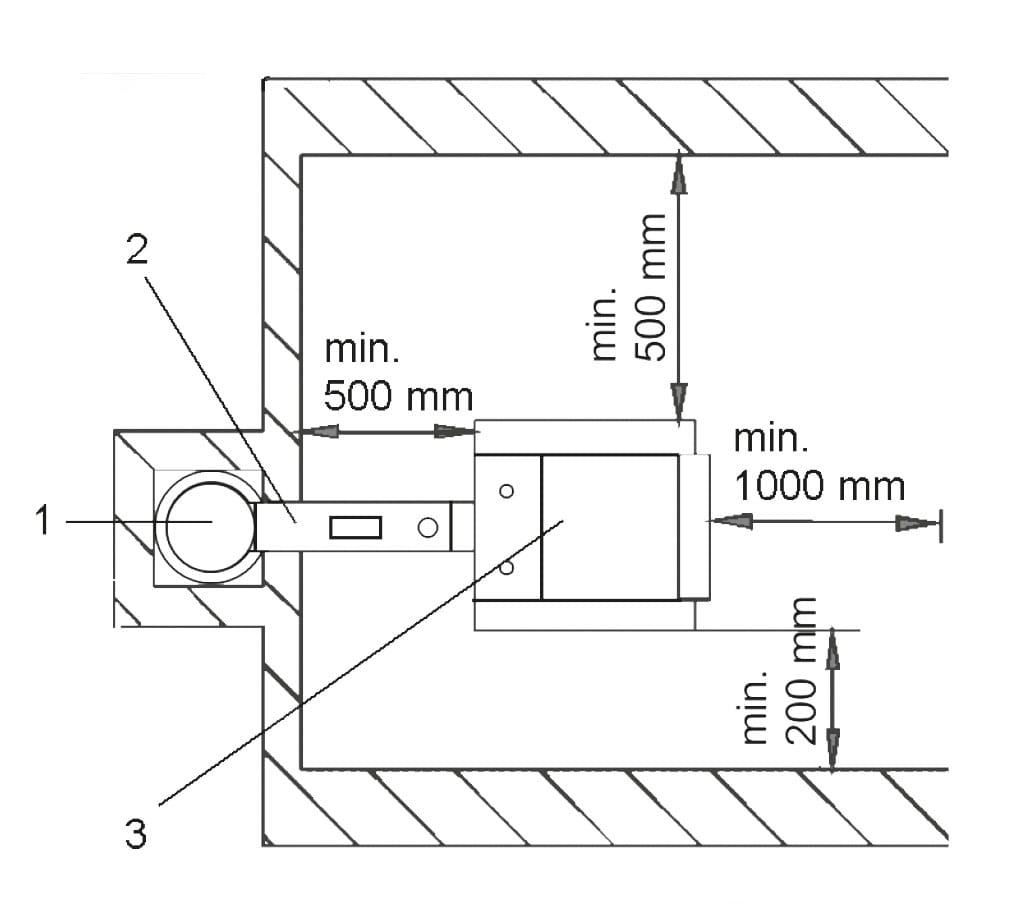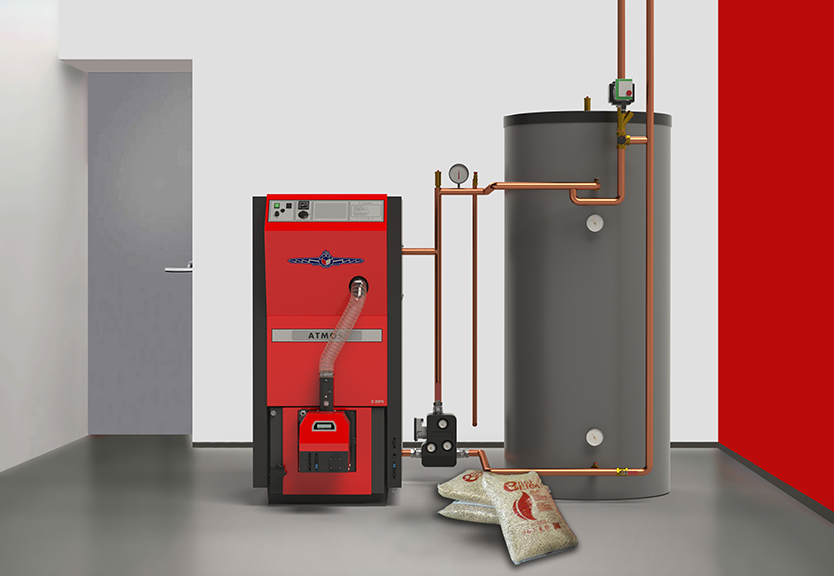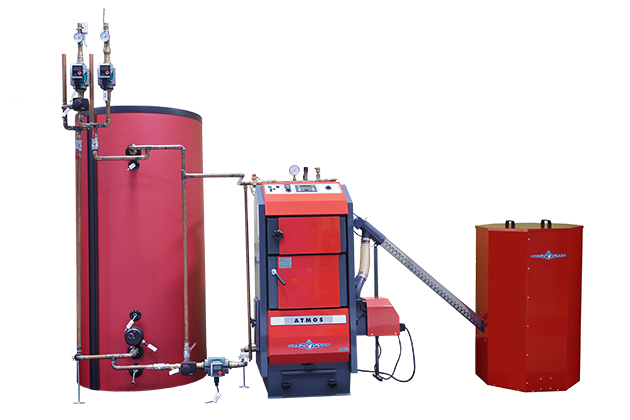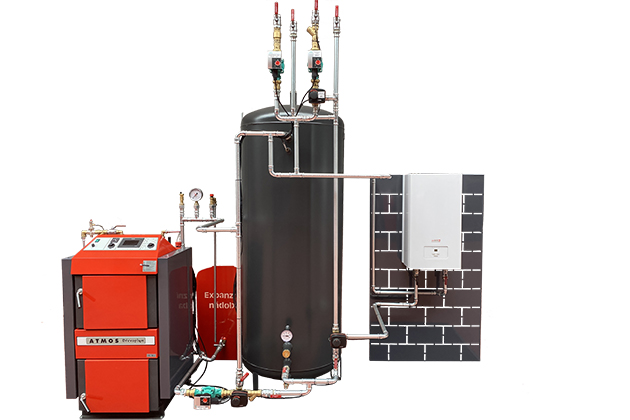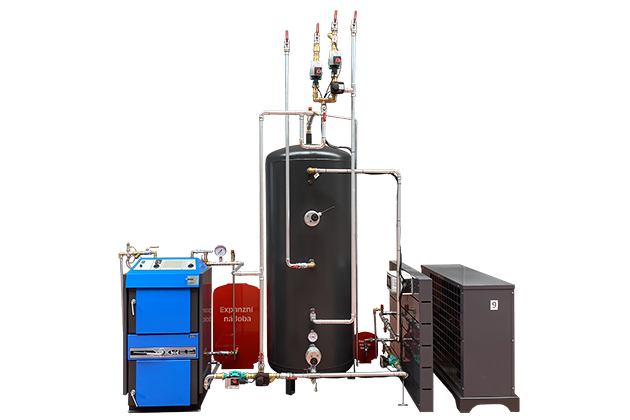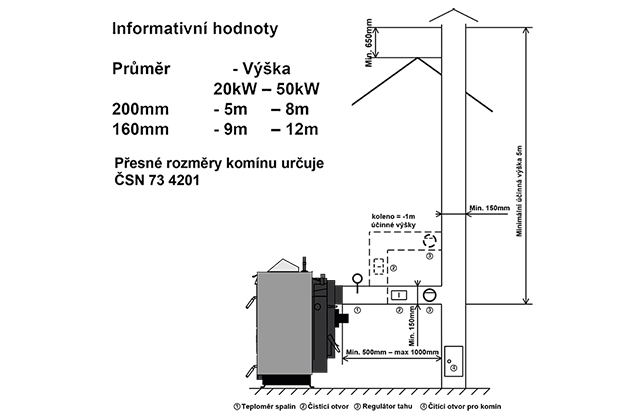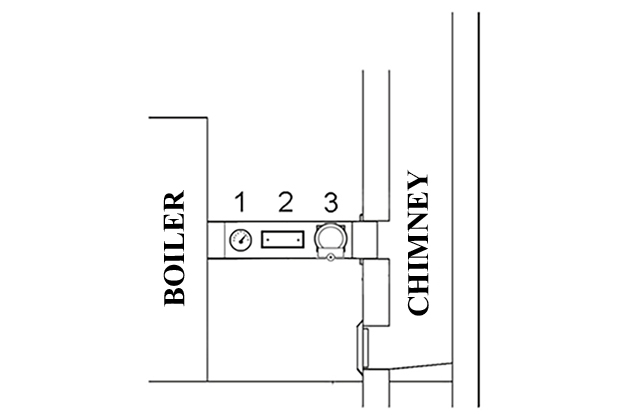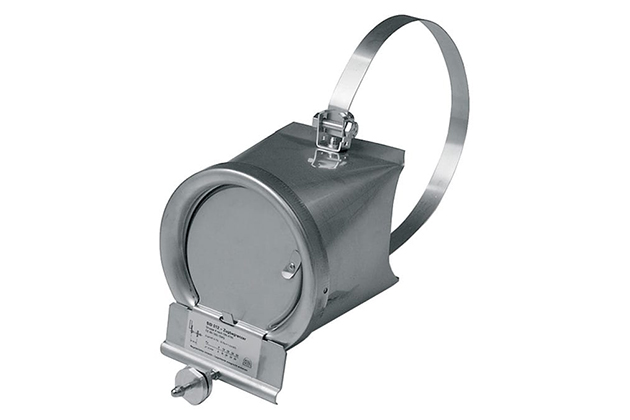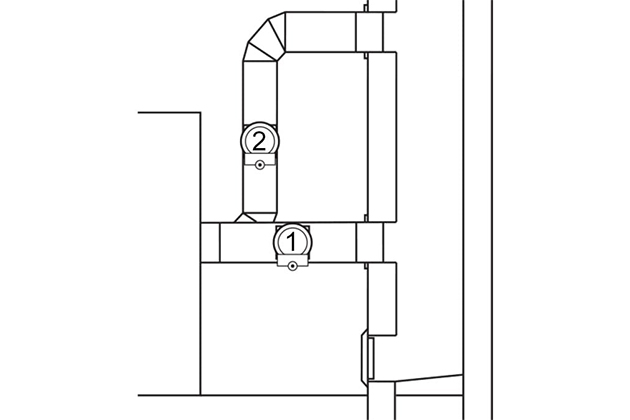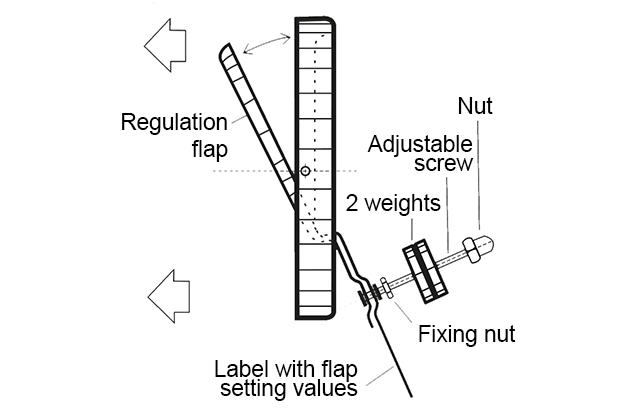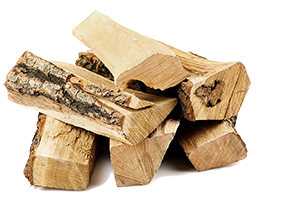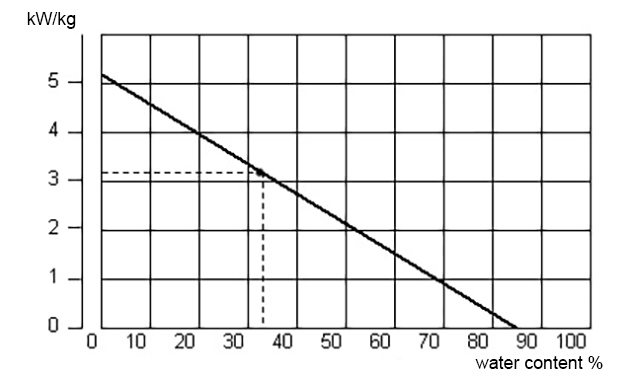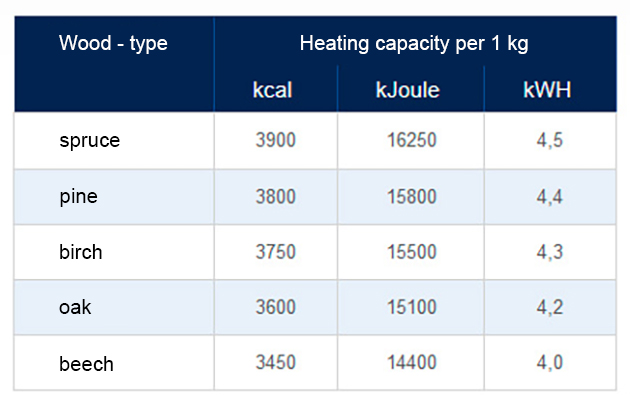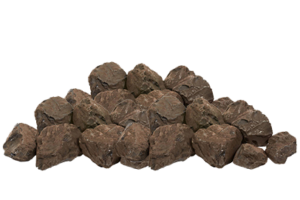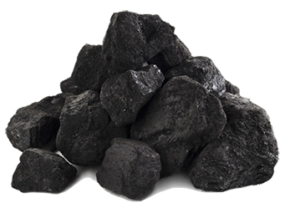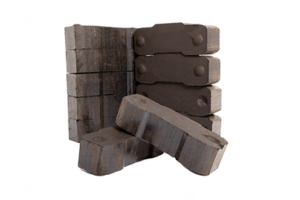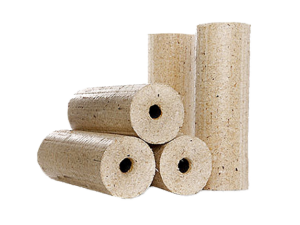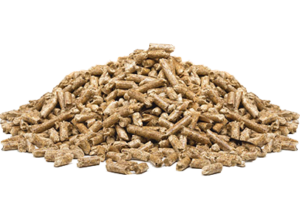Fuel types
WOOD

We recommend burning quality dry chipped log wood with a diameter of 80 – 150 mm, lengths of 250 – 730 mm (depending on the type of boiler) with a humidity of 12 % to 20 % and a calorific value of 15 – 18 MJ.kg-1.
You will ensure maximum performance and long life of the boiler if you burn wood for at least 2 years. The following graph shows the dependence of the water content on the calorific value of the fuel. The useful energy volume in wood decreases very significantly with water content.
For example:
Wood with 12 – 20 % water has a heat value of 4 kWh / 1 kg of wood
Wood with 50 % water has a heat value of 2 kWh / 1kg of wood
Fresh wood heats little, burns poorly, smokes heavily and significantly shortens the life of the boiler and chimney. Boiler output will drop to 50 % and fuel consumption will double.
BROWN COAL

The prescribed fuel for our boilers is quality brown coal OŘECH 1 with a calorific value of 17 – 20 MJ.kg-1.
The alternative fuel is a cube or briquettes. We recommend burning less sintering and low-sulfur coal. Smaller-grained fuel can only be added to the hot layer and in small quantities.
BLACK COAL

The prescribed fuel for our boilers is OŘECH 1 coal with a calorific value of 17 – 30 MJ.kg-1.
The alternative fuel is a cube or briquettes. We recommend burning less sintering and low-sulfur coal. Smaller-grained fuel can only be added to the hot layer and in small quantities.
BROWN COAL BRIQUETTES

The prescribed fuel for our boilers are brown coal briquettes with a calorific value of 19 – 23 MJ.kg-1. Brown coal briquettes have low ash content and a long burning time.
WOOD BRIQUETTES

Quality wood briquettes with a diameter of 80 – 130 mm, a length of 200 – 380 mm and a calorific value of 16 – 19 MJ.kg-1.
Ecological wood briquettes are produced from wood waste by high-pressure pressing without any chemical binders. They are manufactured and sold by a number of companies in the Czech Republic. However, the quality of wood briquettes varies. We recognize high-quality wood briquettes by the fact that they do not break down into sawdust during combustion in the application space. Wood briquettes, which break down into sawdust, can only be burned in combination with lump wood or brown coal, but never separately. They block the gasification nozzle or the gasification grate.
PELLETS

Quality wood pellets with a diameter of 6 – 8 mm, a length of 10 to 40 mm and a calorific value of 15 – 18 MJ.kg-1 (white pellets).
Pellets are a new fuel produced in a similar way as wood briquettes from waste wood, by pressing. We consider white pellets made of soft wood without bark to be quality pellets. Pellets with a diameter of 6 to 8 mm are used for Atmos boilers.
Other pellets from rapeseed or cereal straw are currently only a marginal and very problematic issue, so our company does not deal with their combustion.




